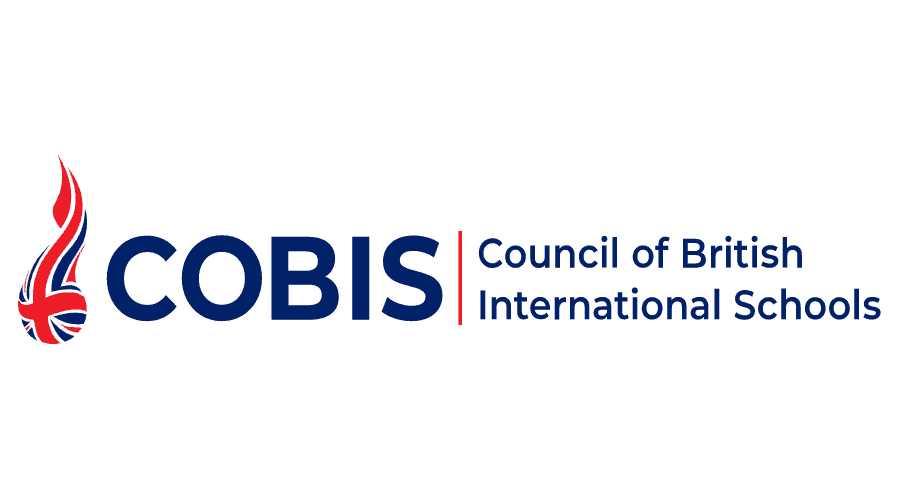It’s an exciting time for parents and carers.
When their child is about to enter nursery or reception class in a primary or prep school. Or enter Year 7 or 9 in a secondary school.
They’ll be anxious for their child to make friends, settle in, be happy.
They’re open to new friendships themselves, and keen to find out more about the school; how they can support it and volunteer. They want to learn about the school community’s cultural values and expected behaviour.
At this time of year, your school may be arranging a ‘meet your teacher’ session for incoming pupils entering reception. Or a ‘moving up’ get-together. A head teacher may make a welcome speech, followed by a social event for parents and carers. Your PTA may arrange a meet and greet event.
But can you do more to make the most of this golden opportunity to meet and welcome new families into your school community? Is there more you can do to ensure new families will engage and contribute positively, and enjoy being part of your school community, now and for years to come?
What we can learn from the world of business
Let’s look at how the world’s top companies welcome and integrate new employees.
Their technique: onboarding.
Onboarding is defined as: “The action or process of integrating a new employee into an organisation or familiarizing a new customer or client with one’s products or services.”
What if we substituted some of the words to make it relevant to our schools?
Onboarding is: “The action or process of integrating a new parent or carer into a school or familiarizing them with our learning environment.”
The purpose of onboarding is to increase engagement, and improve performance and readiness of every person who takes on a new role in an organisation. So, this management technique is equally relevant to schools.
In fact, even more relevant to schools: schools rely on the cooperation of parents, but they have few levers to exert influence. Onboarding is a potentially powerful lever.
How powerful is onboarding for schools?
We know how important parental engagement is to the success of our schools and learning outcomes. We know that parents are an invaluable resource in terms of time and funds.
Parental engagement is also a key Ofsted measure. And parents are especially interested in contributing to school life because it:
- keeps children safe,
- contributes to pupil success emotionally and academically,
- And contributes to parent and school staff sanity.
Onboarding your new parents is not just a nice-to-have; it’s essential in today’s digital world. Social media can be a power for good, but also a source of fake news and bullying.
Onboarding ensures that everyone connected with your school understands how they can make a positive contribution, and is motivated to support you.
Your onboarding plan
Your onboarding plan should cover four components:
1. Compliance
Include what the policies for communication between teachers and parents, and parents to parents, are. Make it clear in the policy that any grumbles about the school should be directed to the school and not shared on social media.
2. Clarification
Explain the roles and responsibilities of parents, and how they can contribute. For example, parents should be responsible for sorting out lost property, not teachers. Ask what skills individual parents can offer. Parents experienced in community management, for example, can help with monitoring their peers and any negative social media mentions. See examples of the wide range of ways that parents can help below.
3. Culture
Culture is a set of shared beliefs and behavioural expectations that an organisation lives and works by. It’s not a rule book; rather guidelines that you, your staff and parent community can use to help them work with each other. A core part of any leader’s journey in the digital age is shaping their organisation’s culture, and to help them do their job when they are not there to do it. Head teachers are operating in a 24X7 environment and can’t be pulling all the levers alone.
This is where culture becomes an essential part of a head teacher’s leadership toolkit.
4. Connection
Early relationships with your staff builds trust, support and advocacy. Meeting face to face in an informal environment builds genuine connections.
Your parent onboarding checklist
Use a checklist to ensure that all parents and carers in your intake get the same treatment. Help them feel that they belong as soon as possible.
Here are some suggestions to include on your parent onboarding checklist:
1. Outline the plan
Standardise your onboarding experience for all parents. Make sure the same messages are being delivered to this cohort. This includes explaining your school community culture. Tell them what’s important: friendliness, kindness, helping the environment, etc.
2. Welcome
Make new parents feel welcome at the very start. A welcome email, plus a meetup with new parents and their child and key staff, is optimal.
Let them know your expectations. You could ask them to contribute a certain number of hours each school year, for example. (Did you know that schools in Australia ask for every new parent to volunteer at least ten hours per year and ask them their preferences on how they might contribute, whether it’s manning a stall at the Christmas Fair, picking up rubbish after a fireworks event, or washing up after a new parents’ welcome coffee?) Create this as a social norm.
Introduce your social media and grievance policy.
Above all, make everyone feel happy and excited that they chose your school.
If your PTA has the funds, why not give new pupils a present at this first event? It could be an aluminium water bottle to emphasise you are a no-plastic school. It could be a set of stickers or seedlings; whatever reinforces your values and culture.
3. Provide the right tools
Distribute a page of frequently asked questions for your new parents and carers. What is the policy about nits? Lost property? Running late for pickup?
Don’t expect them to complete all necessary paperwork you require in one hit.
Introduce a tool like Classlist, which they can use to connect with each other safely, securely and in a GDPR-compliant way. See how Classlist can help families quickly settle in and engage in your school community.
4. Make introductions
Introduce yourself and your team over coffee. Encourage the parents and carers to meet each other, and the parents from the PTA. Classlist can help them follow up these connections afterwards. The relationships they form at this stage could last for the next few decades.
The more that parents help each other, the less pressure there is on academic staff.
5. Orientation
Explain your school’s mission, values and goals. Having taken strides to shape your school’s culture positively, reinforce it with this new cohort. Inspire them and invite them to contribute.
6. Mentors
Invite parents from the year above to share their wisdom of year one, and talk about how they have helped the school and what opportunities there are to contribute. This will make the culture feel real.
7. Follow up
Arrange an informal gathering after the first week of the new school year, and again at the end of term. This is an opportunity for you to collect feedback. What was their first impression of the school? What could be done differently? How could they have felt even more welcome and how could the onboarding process be improved?
Some ways parents can make a positive difference
Parents are an incredible untapped source if the school community culture is healthy and nurtured. Here are just ten ways parents can make a difference:
- Volunteer and listen to pupils read
- Run homework clubs
- Transport pupils to sports matches and outings
- Supervise pupils on outings
- Volunteer to help out in fundraising Christmas and end-of-year fairs
- Pick up rubbish around the school grounds and surrounds
- Sort out lost property
- Run a second hand shop to raise funds
- Inspire pupils with their wisdom and personal stories: their knowledge of astronomy, cooking or how they got into a particular profession
- Collect money for teachers’ presents
- Contribute financially by participating in fundraising events
- Contribute financially by sponsoring a school and/or school event
- Monitor social media comments
Onboarding helps you make the most of the opportunity of meeting and welcoming the new families in your school community.
Be genuinely interested in this new cohort of parents and carers.
They’ll be keen to say how they can help. They’ll feel welcomed, informed and valued.
Those cups of coffee or glasses of wine offered early on will pay dividends in years of volunteering hours, supporting your staff and fundraising.
Are you on Classlist yet?
Classlist's award-winning parent communications app is the safer alternative to public social networks. It's easy to set up! Be amongst more than 400,000 parents using Classlist in 30+ countries. Get started today!




